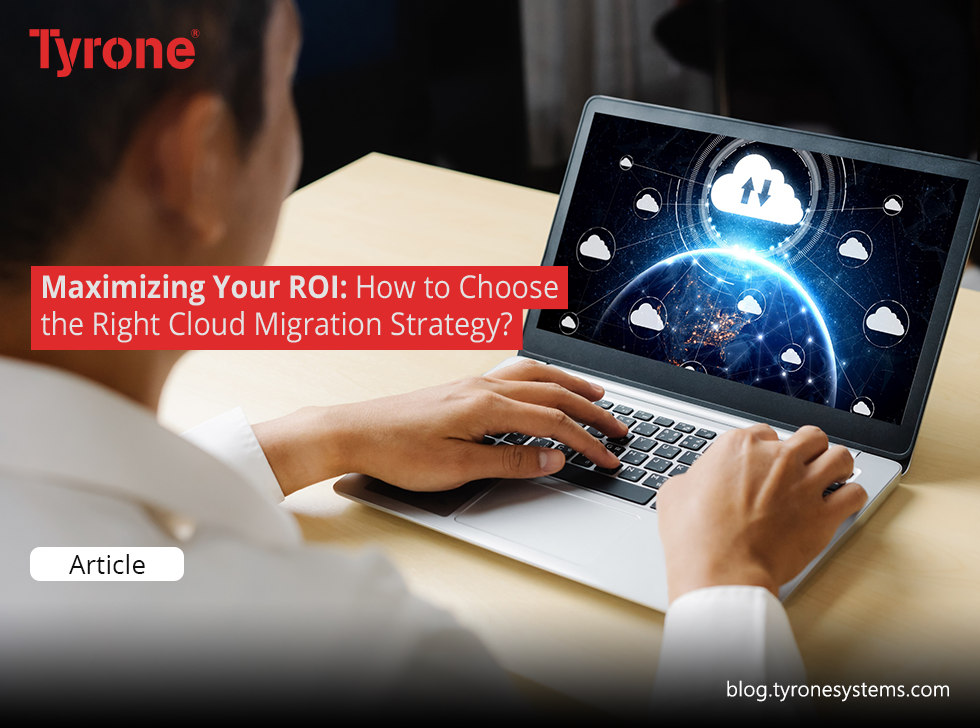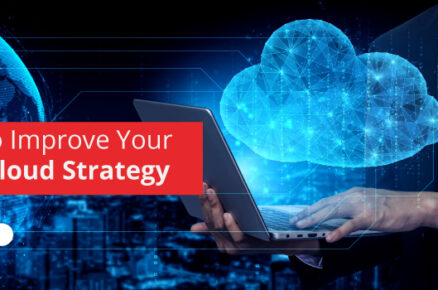The cloud has become an essential part of modern business. It allows businesses to store and access data and applications remotely, reducing the need for on-site infrastructure. However, migrating to the cloud can be a complex process, and choosing the right cloud migration strategy is critical to success.
Assess Your Needs
Before selecting a cloud migration strategy, it’s essential to assess your business needs. Consider factors such as the size of your business, the complexity of your applications, and the amount of data you need to migrate. This assessment will help you determine which migration strategy will be the most effective for your business.
Types of Cloud Migration Strategies
There are several types of cloud migration strategies, each with its benefits and drawbacks. Here are the most common types:
- Lift and Shift
The lift-and-shift approach involves moving your applications to the cloud without making any significant changes to them. This approach is quick and easy, but it doesn’t take advantage of all the benefits the cloud has to offer.
- Replatforming
Replatforming involves making some changes to your applications to optimize them for the cloud. This approach can be more time-consuming than lift and shift, but it can result in significant cost savings and performance improvements.
- Refactoring
Refactoring involves completely re-architecting your applications for the cloud. This approach can be the most time-consuming and expensive, but it can result in the most significant ROI.

Consider Your Budget
When selecting a cloud migration strategy, it’s important to consider your budget. Some strategies may be more expensive than others, and you’ll need to determine how much you’re willing to spend.
Look for Cost Savings
While some cloud migration strategies may be more expensive upfront, they can result in significant cost savings in the long run. For example, replatforming can result in reduced infrastructure costs and improved performance.
Choose the Right Cloud Provider
When selecting a cloud migration strategy, it’s essential to choose the right cloud provider. Consider factors such as pricing, reliability, security, and customer support.
Consider Your Timeline
Migrating to the cloud can be a time-consuming process, and you’ll need to consider your timeline when selecting a migration strategy. Some approaches, such as lift and shift, can be completed quickly, while others, such as refactoring, may take several months.
Plan for Downtime
Migrating to the cloud can result in downtime for your business, which can be costly. It’s important to plan for downtime and ensure that you have a plan in place to minimize its impact.
Test Your Migration Strategy
Before migrating to the cloud, it’s essential to test your migration strategy. This will help you identify any issues that may arise during the migration process and ensure that your business can continue to operate smoothly.

Conclusion
Migrating to the cloud can be a complex process, but selecting the right cloud migration strategy can maximize your ROI. By assessing your needs, considering your budget, and choosing the right cloud provider, you can ensure a successful migration that results in significant cost savings and performance improvements.
FAQs
What is cloud migration?
Cloud migration is the process of moving data and applications from on-site infrastructure to the cloud.
What are the benefits of cloud migration?
Cloud migration can result in reduced infrastructure costs, improved performance, and increased scalability.
What is lift and shift?
Lift and shift is a cloud migration strategy that involves moving your applications to the cloud without making any significant changes to them. This approach is quick and easy, but it doesn’t take advantage of all the benefits the cloud has to offer.
What is replatforming?
Replatforming is a cloud migration strategy that involves making some changes to your applications to optimize them for the cloud. This approach can be more time-consuming than lift and shift, but it can result in significant cost savings and performance improvements.
What is refactoring?
Refactoring is a cloud migration strategy that involves completely re-architecting your applications for the cloud. This approach can be the most time-consuming and expensive, but it can result in the most significant ROI.
How do I choose the right cloud provider?
When selecting a cloud provider, it’s essential to consider factors such as pricing, reliability, security, and customer support. Look for a provider that can meet your specific business needs and has a proven track record of success.













Comments are closed.